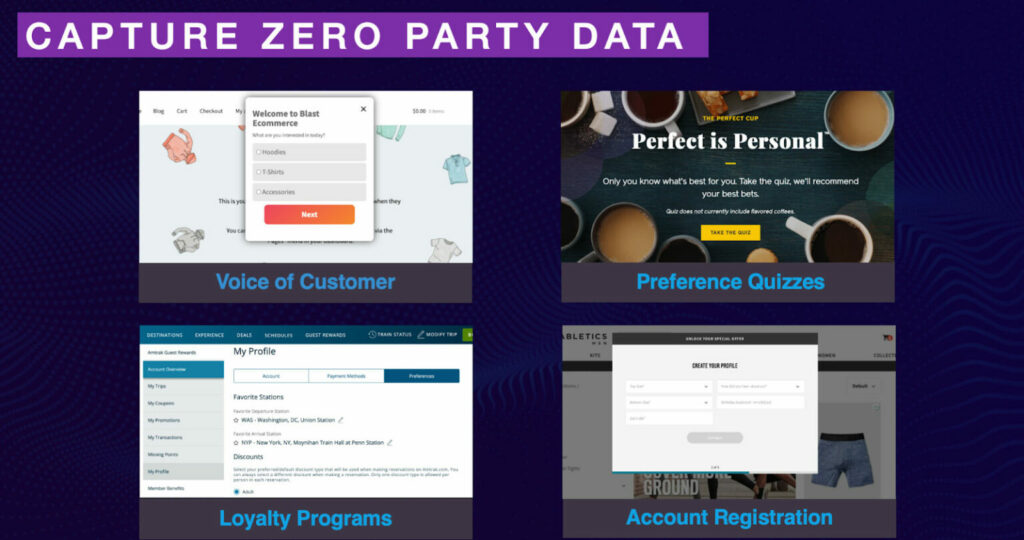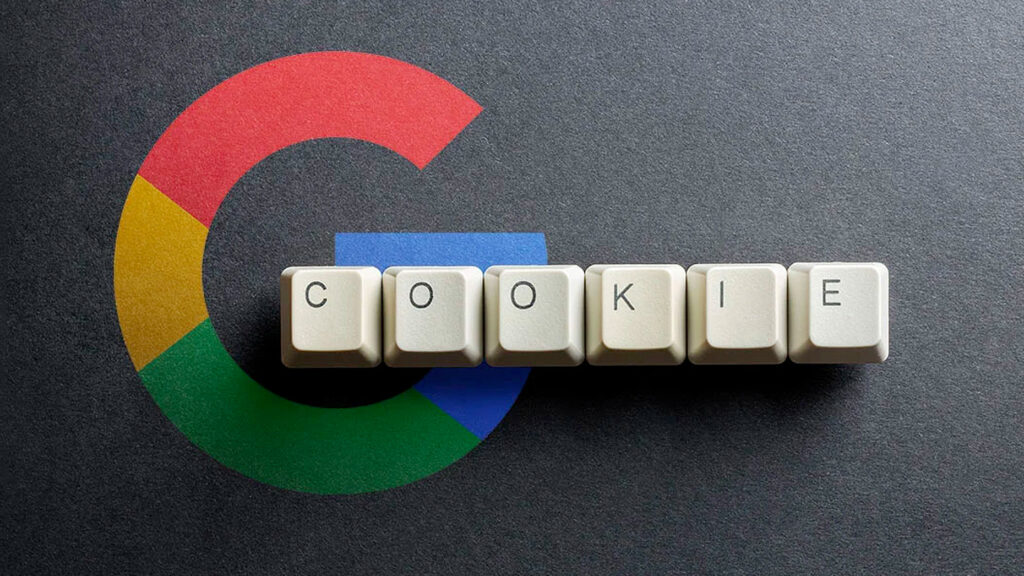Over the past couple of years, brands have been fiercely competing based on the quality of their digital experience and we fully expect this to continue in 2022. A core aspect of digital experience optimization is personalization and it’s a key player in building customer loyalty and maintaining the competitive advantage.
For brands, personalization cannot be a “nice to have” but instead should be treated as a “must have”. McKinsey’s Next in Personalization 2021 Report reaffirms this, highlighting that “Seventy-one percent of consumers expect companies to deliver personalized interactions. And seventy-six percent get frustrated when this doesn’t happen.” For brands that recognize the need for personalization, here are a few trends to watch out for that may impact how your brand conquers personalization in 2022.
1: Increased Collaboration across Teams
Whether it’s because of the need to shift to first-party data-driven marketing or the increasing focus on product analytics, the one trend we see happening is the need for teams to collaborate in order to successfully execute personalization across the digital experience.
It’s been well documented about the fall of third-party cookies, even with Google delaying its deprecation until 2023. While brands have recognized the need to adopt a data-driven approach for their marketing (and remarketing) efforts, executing on this front introduces new challenges. Specifically, teams that oftentimes were siloed, must now adapt and work together.
This will be the case even more as product teams push to own more of the analytics to better understand the product experience. With the increased industry engagement around the importance of product analytics, it’s no surprise that executives are showing a greater interest in using this data to better understand customer behavior to improve the digital product experience.
There is an opportunity for collaboration across marketing, UX and product teams to further digital experience optimization in 2022. For example, marketing teams can leverage product analytics as a way to access first-party data about customer behaviors. In doing so, this enables their team to personalize various aspects of their marketing strategy, from refining audience targeting, nurturing customers along their journey, and delivering highly relevant messages and offers. This can then be paired with on-site and in-product personalization from the product and UX teams to provide customers with a truly seamless digital experience.
2: De-Siloed First-Party Data across the martech stack
As customers expect brands to know them better, brands need to ensure they have the right technology in place in order to deliver on this expectation. Specifically, brands will get ahead in 2022 if they strategize around not just first-party data but de-siloed first party data as the foundation of their digital experience optimization efforts. A core technology in achieving a 360 view of the customer is the customer data platform (CDP). This technology shouldn’t be new as it’s been in the spotlight for the past few years. While many brands have already moved ahead with a CDP, they often struggle to use it effectively.
The key to CDP success in 2022 is to resist investing in a CDP just because of all the bells and whistles – a common occurrence we hear from stakeholders. Instead, brands need to invest time to evaluate (and for some, re-evaluate) which CDP technology is right for their martech stack and meets the needs of their personalization roadmap. For example, if a core part of your personalization roadmap is providing personalization in real-time, you need to ensure your team invests in a CDP that enables instead of inhibits this type of activation.
Simply put, those brands that are winning the digital experience in 2022 are investing in the right infrastructure to desilo their first-party data. This, in turn, allows them to better understand their customer and personalize the digital experience.
3: Getting to Know Zero-Party Data
If de-siloed first-party data is the necessary foundation for digital experience optimization, zero-party data is what will take your personalization efforts to another level in 2022. Brands that are leaders in the digital experience are already well aware of zero-party data. In fact, when we talk to stakeholders about the zero-party data, they mention how they’ve been emphasizing to their teams the importance of collecting zero-party data along the customer journey.
Zero-party data is a powerful tool that helps close the empathy gap by giving customers the opportunity to tell brands what their interests and needs are.

You can’t get better quality data than what your customers are telling you. Brands that excel with personalization will augment their first-party data strategy with zero-party data to deliver highly relevant messaging and content across the digital experience.
It’s important to highlight that if your team incorporates zero-party data into their digital experience optimization strategy, you must properly execute on value exchange. In other words, do not collect unnecessary or unwanted information from your customers without providing them with something in return – such as discounts, access to exclusive offers, or a more personalized experience.
The customer’s perspective is of utmost importance. By using their data, you can better understand what they want and need from your business in order to provide them with higher value – which ultimately leads to greater customer satisfaction.
4: The Privacy Experience Matters
As consumers become more aware of their digital footprint, they demand control over how and when their personal data is used. This trend will continue to have an impact on every industry from retail to healthcare as consumers increasingly expect full transparency in return for granting permission.
In short, privacy is coming to center stage. It’s a vital part of the digital experience and customer trust. Therefore, it’s important to remember that personalization should not happen at the expense of maintaining privacy and transparency. Moreover, brands need to make sure that personalization is not done for personalization sake (e.g., a to-do on a checklist) but instead ensure it’s providing real value for customers.
Brands that will get ahead in 2022 will recognize the opportunity to optimize the privacy experience as a way to differentiate from their competitors. Accounting for the privacy experience as part of the overall digital experience optimization strategy will be key. Ultimately, if you’re talking about personalization but not discussing privacy (or how they go hand-in-hand), then your company is at risk of falling behind, or even worse, harming your relationship with your customers.
Customers are in Control
Considering the trends above, there is one thing that is absolutely clear: customers are in control in 2022. Whether it’s meeting their expectations through relevant marketing, the on-site and in-product experiences, or from a privacy perspective, brands that will lead the way will put the customer at the center of their digital experience optimization strategy. In sum, the best way to tackle personalization in 2022 is to harness data-driven personalization to create real value for customers, doing so with transparency, and most importantly, empowering customers to control their experience with your brand.

